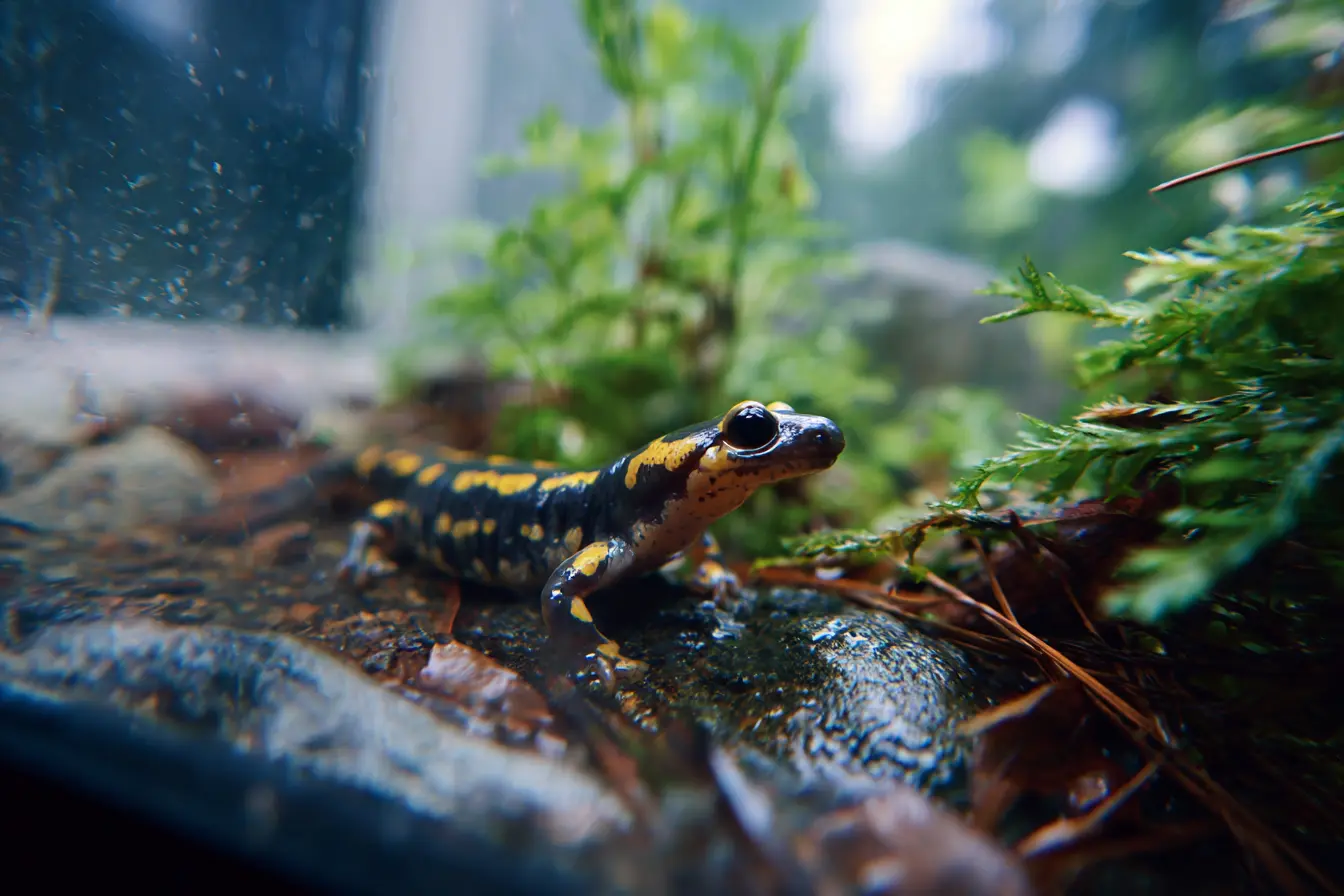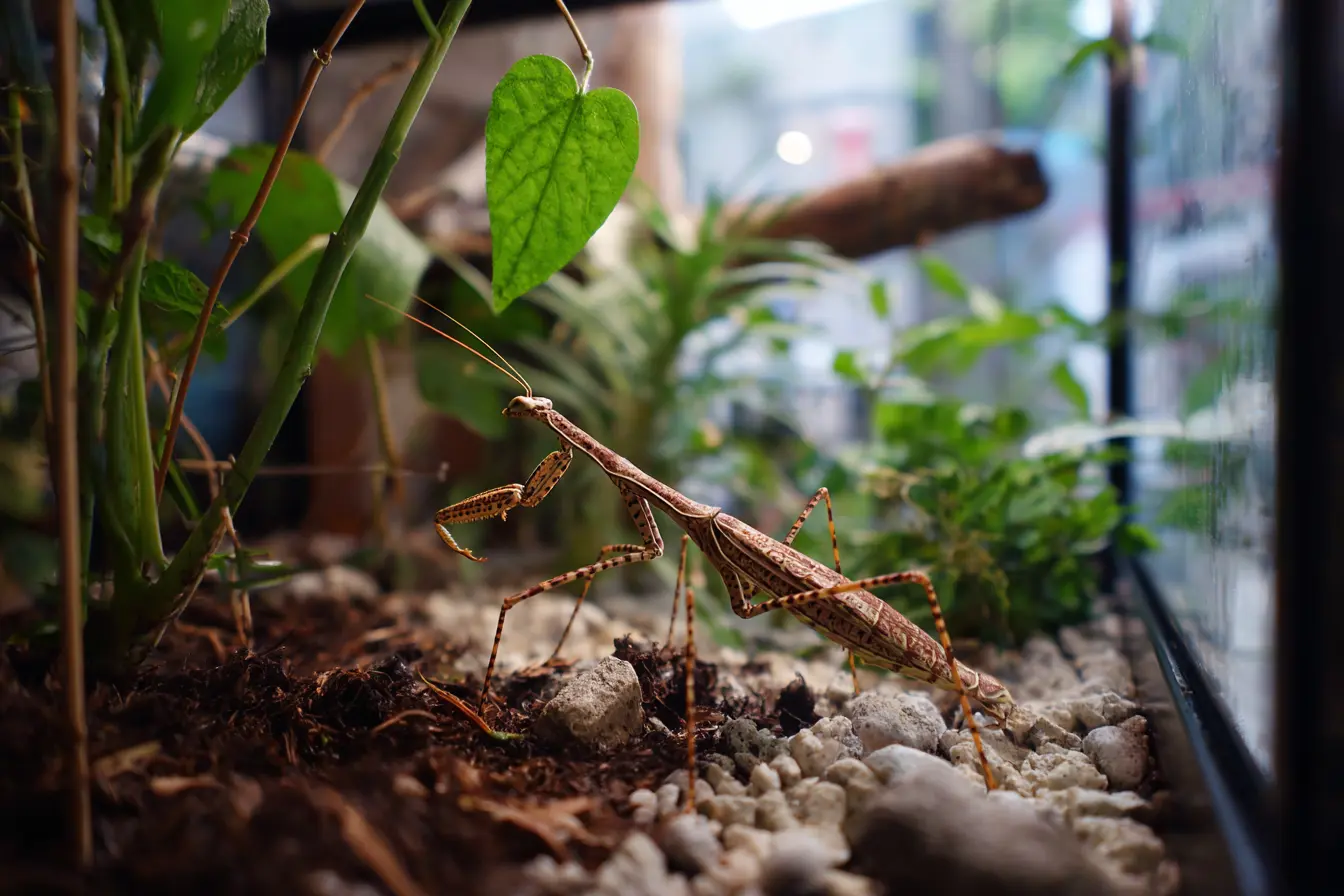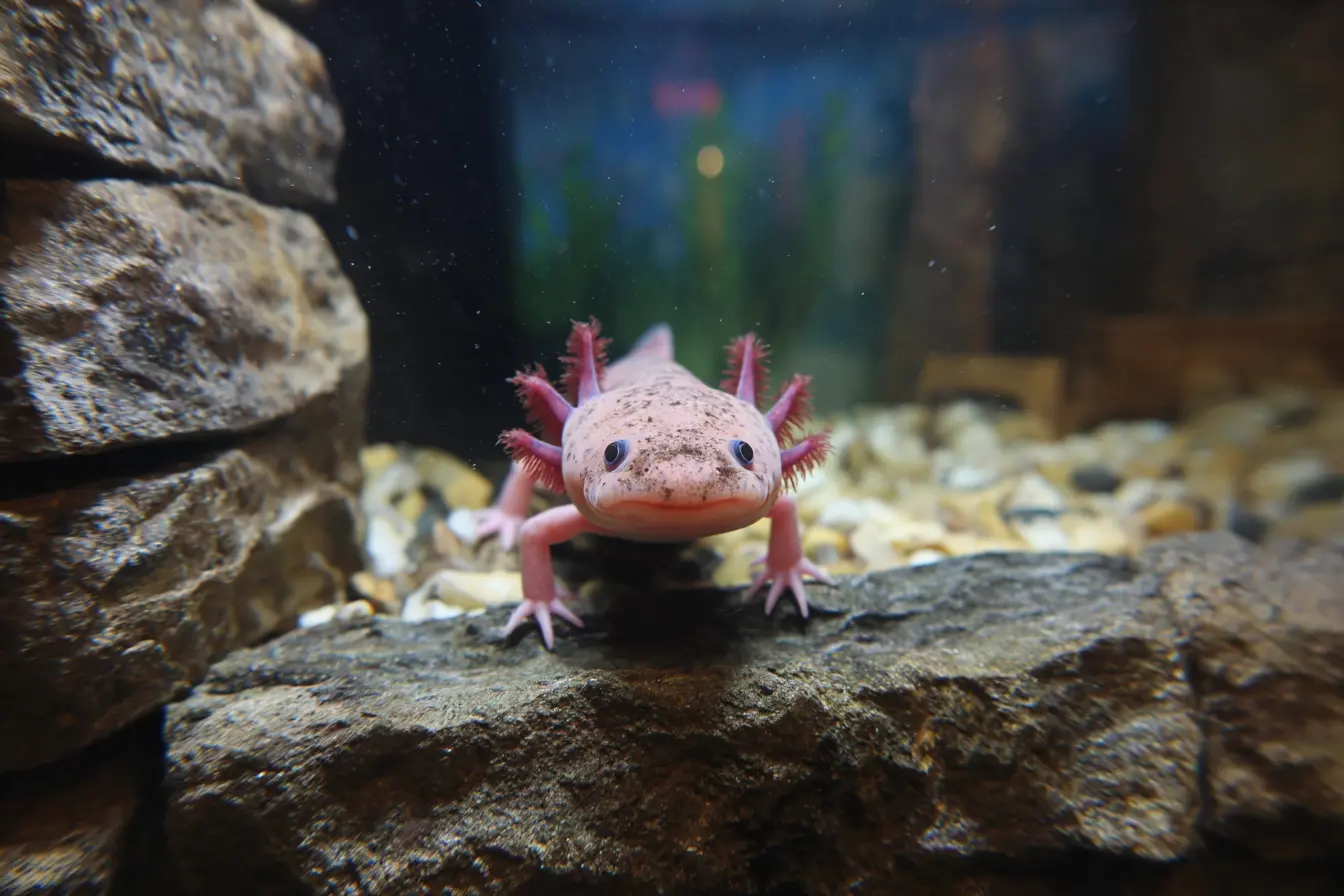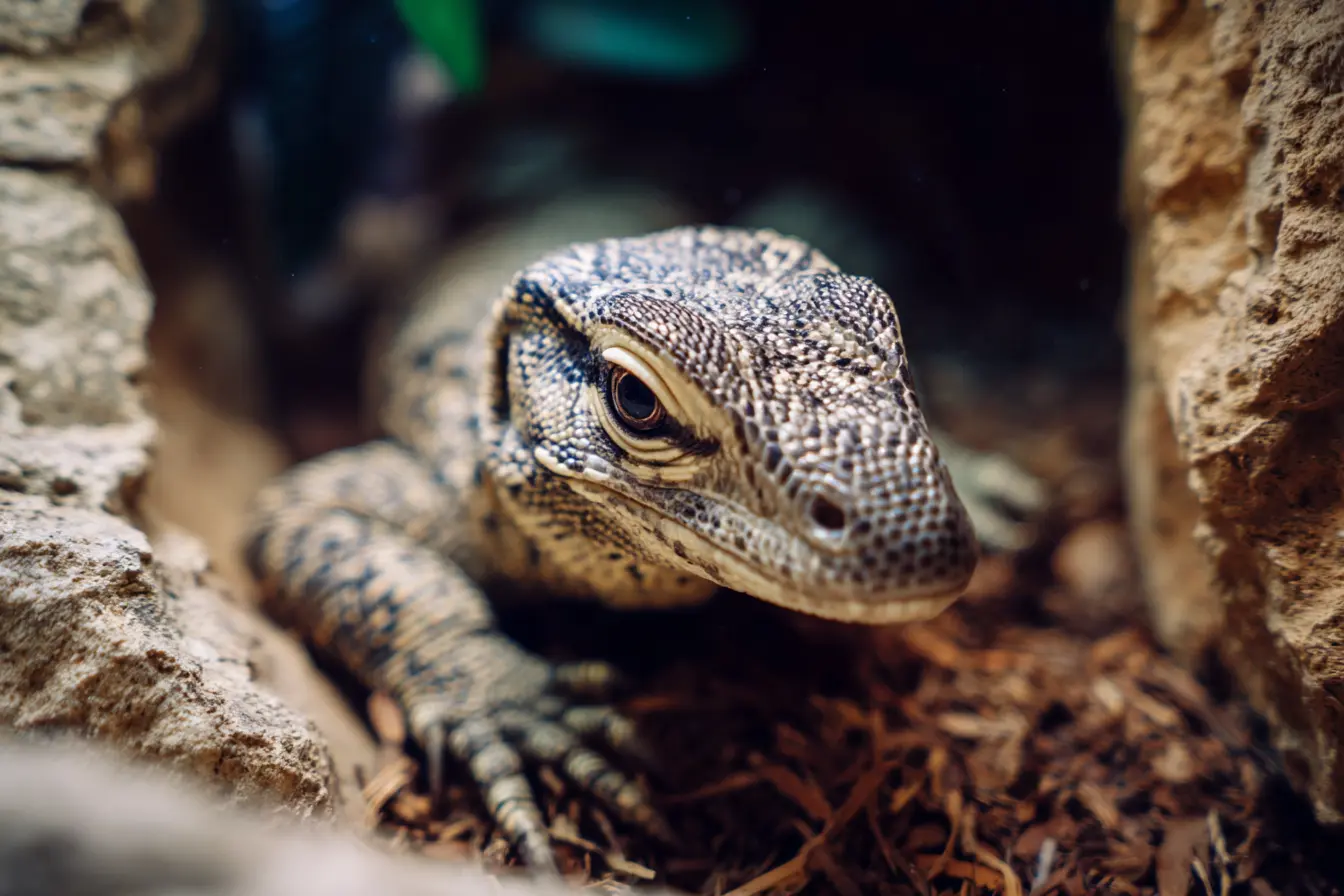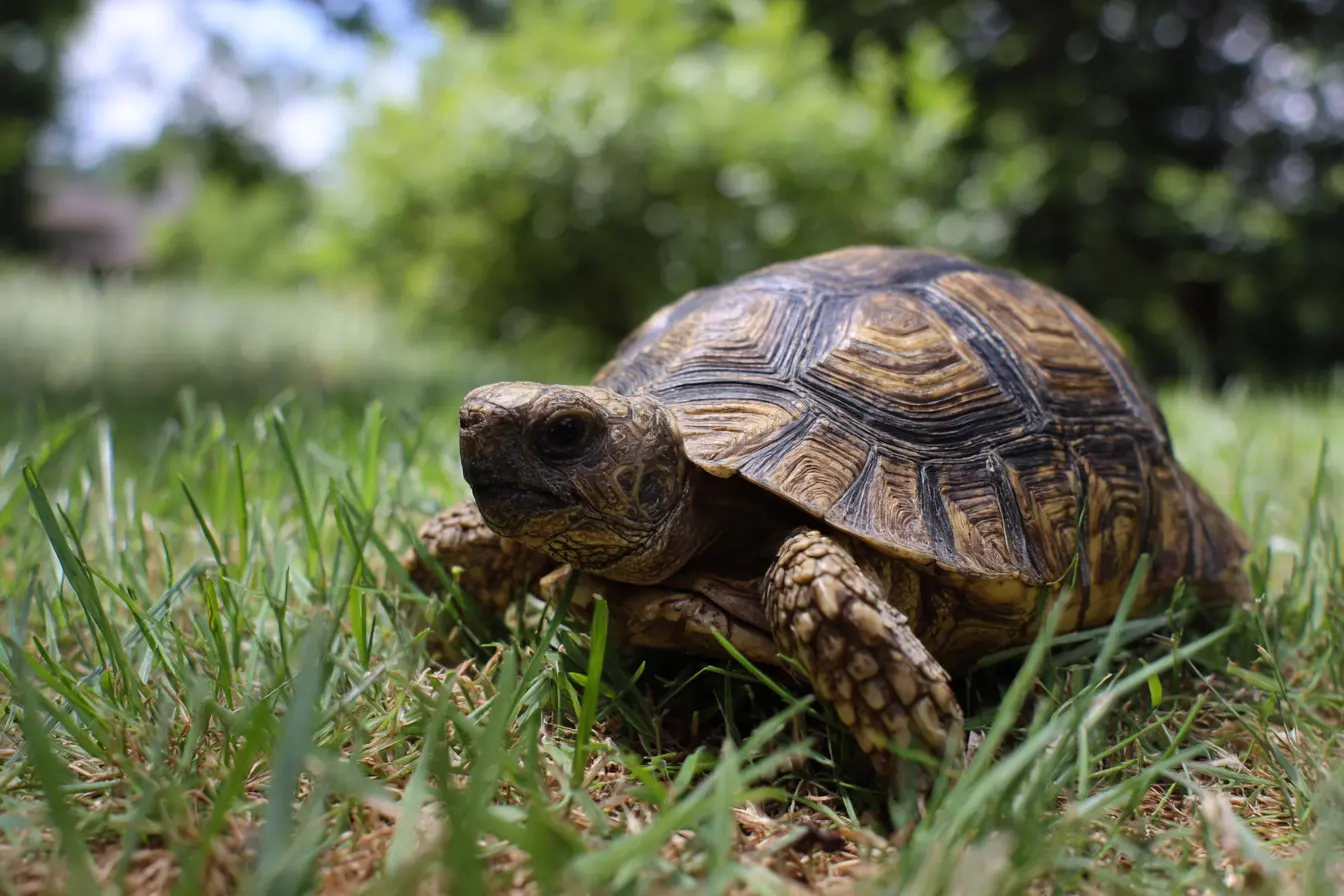
Thinking of Getting a Hermann’s Tortoise? The Complete Care Guide for New Owners
Hermann’s tortoises (Testudo hermanni) are one of the most popular tortoise species kept as pets in the UK. Known for their charming personalities, small size, and long lifespan, they make great companions for those prepared to meet their specific care needs. However, like all tortoises, they require a well-designed environment, proper diet, and long-term commitment.
In this guide, we’ll cover everything you need to know about Hermann’s tortoise care, including housing, diet, health, and maintenance.
What is a Hermann’s Tortoise?
Hermann’s tortoises are a small to medium-sized species native to southern Europe, including parts of Italy, Greece, and the Balkans. They are herbivorous and primarily terrestrial, preferring dry, rocky environments and open woodland.
Adult Hermann’s tortoises typically grow to around 15–20 cm in length, with males being slightly smaller than females. They are known for their hardiness and can live for 50–100 years with proper care, making them a lifetime commitment.
Sourcing and Selecting a Hermann’s Tortoise
Choosing a healthy Hermann’s tortoise from a reputable source is essential to ensure you start off on the right foot.
Where to Buy
- Reputable breeders: Breeders are the best option for healthy, captive-bred tortoises with a known history.
- Specialist reptile shops: Some UK reptile shops specialise in tortoises and can offer valuable advice on their care.
- Rescue centres: Consider adopting a Hermann’s tortoise in need of a new home.
Avoid purchasing from general pet shops or online marketplaces, as these tortoises can be wild-caught and may carry parasites or health issues.
What to Look For
When selecting a Hermann’s tortoise, look for these signs of good health:
- Bright, clear eyes with no discharge
- A smooth, hard shell with no deformities or signs of softening
- Clean nostrils and mouth
- Active and alert behaviour
- No signs of wheezing, mucus, or swelling in the legs or eyes
Housing and Enclosure Setup
Providing a proper environment is crucial for your Hermann’s tortoise’s health and well-being. They require both an indoor and outdoor enclosure, especially during the warmer months.
Outdoor Enclosure
Hermann’s tortoises thrive in outdoor enclosures where they can bask in natural sunlight and explore.
- Size: Outdoor enclosures should be at least 2 m x 1 m for a single tortoise, with plenty of space for roaming.
- Fencing: Use secure fencing to prevent escapes and protect your tortoise from predators. Ensure the walls are at least 30 cm high and buried 10 cm deep to stop burrowing.
- Shelter: Provide a shaded area for cooling off and a waterproof shelter for protection against rain.
- Substrate: Natural grass, soil, and sand are ideal for outdoor enclosures. Avoid pesticide-treated grass or toxic plants.
Indoor Enclosure
An indoor enclosure is necessary for the colder months when temperatures drop below the acceptable range for your tortoise.
- Size: The enclosure should be at least 120 cm x 60 cm, with plenty of floor space for movement.
- Substrate: A mix of topsoil and play sand is ideal for indoor setups. Avoid substrates like wood chips or pellets, which can cause impaction if ingested.
- Heating and Lighting: Provide a basking spot at 32–35°C and maintain an ambient temperature of 20–25°C. UVB lighting is essential for calcium metabolism and should be available for 10–12 hours a day. Replace UVB bulbs every six months.
Diet and Nutrition
Hermann’s tortoises are strict herbivores and require a diet rich in fibre and low in protein. Feeding the right foods is crucial for preventing health problems like shell deformities and kidney issues.
Staple Foods
- Dandelion greens
- Clover
- Plantain
- Kale
- Turnip greens
- Rocket (arugula)
- Hibiscus leaves and flowers
Occasional Treats
- Cucumber
- Carrot
- Pumpkin
- Strawberries (in moderation)
Foods to Avoid
- Spinach (high in oxalates)
- Lettuce (low in nutritional value)
- Processed foods
- Animal protein
Supplementation
Dust their food with calcium powder three times a week and provide a multivitamin supplement once a week. Always ensure fresh water is available in a shallow dish.
Handling and Behaviour
Hermann’s tortoises are generally docile and enjoy exploring their surroundings, but they are not a species that enjoys frequent handling. Over-handling can cause stress and lead to health problems.
Tips for Handling
- Always support their entire body and avoid dangling them by their legs.
- Wash your hands before and after handling to prevent the spread of bacteria like Salmonella.
- Limit handling to necessary occasions like health checks or enclosure cleaning.
Common Health Issues
Even with proper care, Hermann’s tortoises can develop health problems. Recognising the signs early is key to preventing serious issues.
Respiratory Infections
Often caused by incorrect humidity or low temperatures. Symptoms include wheezing, nasal discharge, and lethargy.
Metabolic Bone Disease (MBD)
Caused by calcium deficiency and lack of UVB exposure. Symptoms include soft or deformed shells, lethargy, and difficulty moving.
Parasites
Internal parasites can cause diarrhoea, weight loss, and a lack of appetite. Regular faecal tests by a reptile vet can help detect and treat parasites.
Shell Rot
A bacterial or fungal infection that can cause soft spots, oozing, or discolouration on the shell.
If you notice any signs of illness, consult a reptile-specialist vet immediately.
Specialist Vet Care
Hermann’s tortoises require regular health checks to ensure they stay healthy.
Routine Health Checks
An annual visit to a reptile vet is recommended. This should include a physical examination and a faecal test for parasites.
Emergency Situations
Seek immediate veterinary care if your tortoise shows signs of:
- Persistent lethargy
- Loss of appetite
- Difficulty breathing
- Shell injuries or infections
Care and Maintenance
Maintaining a clean and well-regulated environment is crucial for your tortoise’s health.
Daily Tasks
- Check temperatures and humidity levels
- Remove uneaten food and spot-clean waste
- Ensure fresh water is available
Weekly Tasks
- Replace substrate in heavily soiled areas
- Clean water dishes and hides
Monthly Tasks
- Deep-clean the enclosure and replace substrate as needed
- Inspect heating and lighting equipment
Hibernation
Hermann’s tortoises naturally hibernate during the winter months in the wild. In captivity, you can choose to hibernate them if they are healthy and of the appropriate weight.
Preparation for Hibernation
- Ensure your tortoise is healthy with a pre-hibernation check-up from a vet.
- Gradually reduce feeding and temperatures over a few weeks.
- Provide a hibernation box filled with soil and leaf litter.
Duration
Hibernation typically lasts 8–12 weeks. Monitor your tortoise’s weight throughout and consult a vet if any concerns arise.
Final Thoughts
Hermann’s tortoises are fascinating and rewarding pets for those who are ready for a long-term commitment. They require a well-designed environment, a healthy diet, and regular care to thrive. With the right setup, your Hermann’s tortoise can live a long, happy life and become a cherished companion for many years to come.
By following this guide, you’ll be well-prepared to provide your tortoise with the best care possible.
Vets near you
Speciality vets
- Aquatics vet specialists
- Birds vet specialists
- Camelids vet specialists
- Cats vet specialists
- Cattle vet specialists
- Deer vet specialists
- Dogs vet specialists
- Equines vet specialists
- Exotic vet specialists
- Goats vet specialists
- Pigs vet specialists
- Poultry vet specialists
- Sheep vet specialists
- Small Mammals vet specialists
- Wild vet specialists
